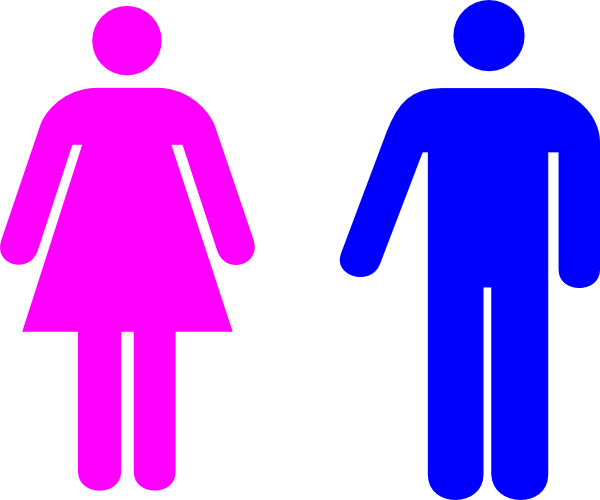Understanding Chinese Yin and Yang in the Field of Medicine (Chapter 3) #FamilyLife
Massage plays an important role in treatment for maladies as varied as fractures and arthritis. Massage seems to have been commonly used even in the Sui and Tang dynasties (158 – 907 BC). During the Ming dynasty, it was considered one of the 13 major branches of Chinese medicine, and its numerous therapeutic qualities were widely enumerated in many texts. According to Chinese records, massage was introduced to the West as a method of healing only about 1,000 years ago.
Cupping and bleeding are other widely-used procedures. Cupping uses vacuum suction to activate the functions of the organs, while those with excess yang are made to bleed with a seven-star needle to restore balance. The doctor also may suggest changes in the food the patient eats and even the place he lives in. Summer diseases are treated in winter and vice versa. Once the balance is restored the patient is fully cured, but future imbalances may call for a fresh round of treatment.
How much of a scientific basis does all this have? Says Dr. Nie Xong-Mei, a practicing acupuncturist from China’s reputed Shahshi College of Traditional Chinese Medicine, “The system is based on the experiences and findings of Chinese doctors over thousands of years. Besides, the success rate is high as in the Western system of medicine. Modern, well-equipped research institutions in China have qualified scholars pursuing continuing research to test and evaluate traditional methods, devise new ones, and incorporate the old with the new using the latest advances in medical technology, including laser and microwave therapy.”
The confrontation that has arisen in the West between conventional and alternative therapies is absent in China where a significant number of medical schools teach modern allopathy in conjunction with traditional medicine. Pathological tests and other state-of-the-art diagnostic methods are widely used to help pinpoint the malady. In a majority of emergency cases like heart attacks, brain damage, major surgery, etc. allopathy is resorted to as results are instantaneous, with post-illness complications like paralysis being treated by conventional methods. Often a combination of the two systems is employed.
“The advantage of the traditional method, says Dr. Nei, “is that there are no side-effects. Moreover, the emphasis on improving circulation helps build up body resistance, leaving the individual better off in the long run. The Chinese method, you must understand, is not so much a prescriptive, pill-popping system, as an overall, holistic approach to health. In that sense, it is “complete”, perfected over the years as much as it could be, and given the proper diagnostic skills, a good doctor should be able to treat any disease on earth using the resources already at his disposal. For instance, a doctor ought to be able to stir up a remedial package from his armory. If he fails, his diagnostic skills will be questioned, not the system.”
A major problem in assessing Chinese methods is that patients usually arrive in an advanced state of ill-health. Chinese doctors lament, “They come to us, as some sort of a last resort, after having tried other treatments for years. That means, many cases we handle have become extremely complicated, and are often beyond repair. In cases of chronic pain, the patient is impatient to get rid of the pain, but what he/she does not understand is that having let it fester for so long, it’s difficult for us to eliminate it without first grappling with its cause, all of which takes time.”
The World Health Organization (WHO) recognizes the Chinese method of healing as an acceptable method of natural treatment, but the insufficient amount of research and cause-effect data collated on strictly scientific grounds, prevents the system from making any indisputable claims, thus leaving it open to all kinds of interpretations. A concerned effort by the medical community, both the traditional and modern, to probe into the system’s merits and demerits on a firm scientific footing, will be an immense boon to mankind. For however advanced the human mind may be, the flesh is always weak, and any kind of healing touch is welcome.



Comments
Post a Comment
Thank you for your comment and hoping to follow this blog. Have a backlink, for me to visit your blog too.